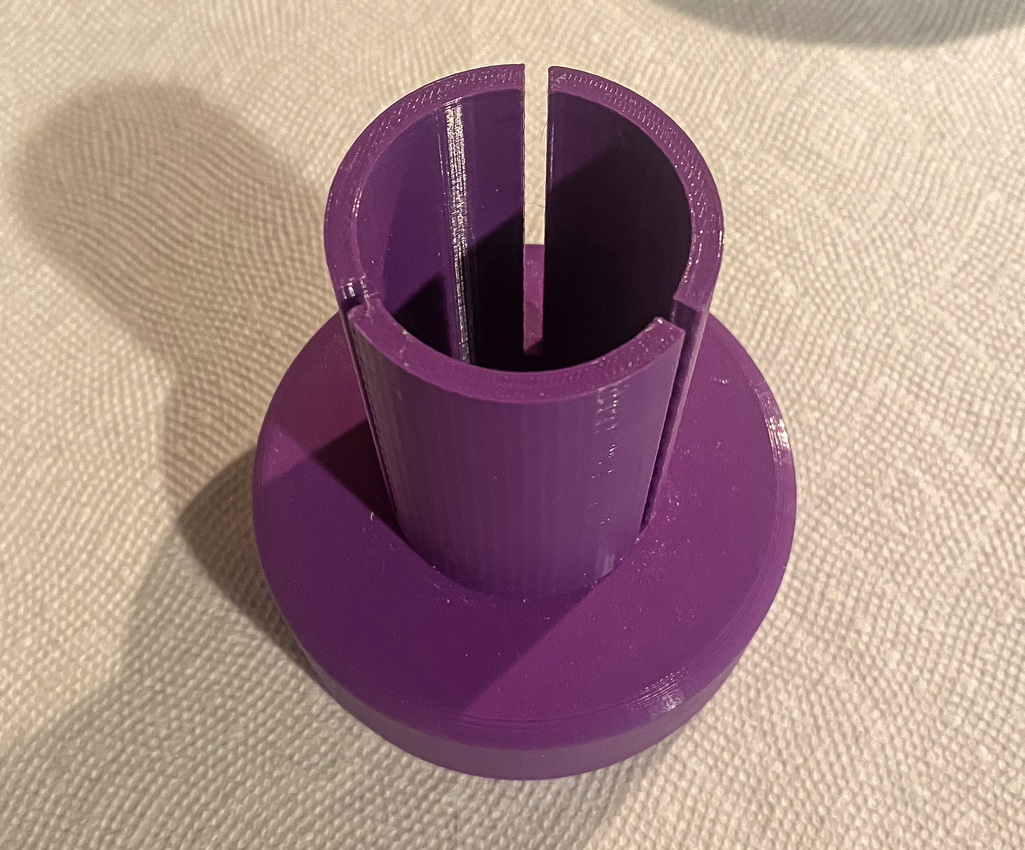- Joined
- Jul 8, 2019
- Messages
- 910
- Reaction score
- 829
Continuing on with HPR newb questions, I'm just getting to the point in the DX3 of epoxying down the fins. As I test fit them a few times, I realizied that for LPR I would usually just eyeball the alignment and consider that "good enough." Eight times out of ten it worked out fine. But with a much larger, not to mention much more expensive, kit the stakes seem higher and I would like more assurance that my eyeballs haven't deceived me. I've played around with a few possibilities but thought I would likely get better ideas and answers from the forum that has already helped me out immeasurably with all things rocket-wise.
Does the following have any validity: assume a flat surface and place a square next to the body and line the fin up with the straight line carefully as pictured?

Or do any tools exist for larger rockets to help with alignment?
Does the following have any validity: assume a flat surface and place a square next to the body and line the fin up with the straight line carefully as pictured?

Or do any tools exist for larger rockets to help with alignment?

















